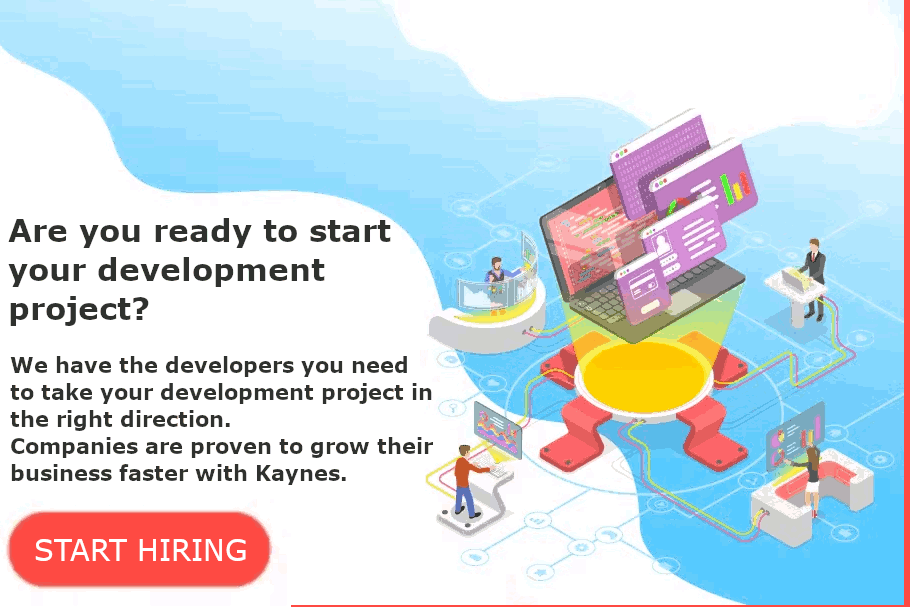
App Clips vs Instant Apps: A Comparison
Between 2019 and 2020, there were approximately 250 million app downloads every day. However, a high download rate does not necessarily equate to user engagement and profitability. For businesses, the real challenge is ensuring users actively use and benefit from their apps. This is where Apple’s App Clips and Google’s Instant Apps come into play.
Thank you for reading this post, don't forget to subscribe!
Understanding Instant Apps
What Are Instant Apps?
Google introduced Instant Apps in 2017 to enhance user experience and benefit businesses. These mini-apps allow users to try out apps without downloading them, providing a preview before they commit to a full download. This functionality is perfect for engaging potential users by offering a “taste” of the app’s features.
Key Features and Advantages
- Platform: Android
- Size Limit: Up to 15 MB
- User Experience: Offers a native app experience without installation, accessible via URLs, Google Search, Google Play, NFC, and QR codes.
- Development: Created using Android Studio.
- Privacy: Adheres to Google’s privacy policies.
- Discoverability: Available in Google Play Store.
- Integration: Can be integrated into websites, emails, texts, and physical locations.
- Lifespan: Automatically deleted after a period of inactivity.
Practical Examples of Instant Apps
Imagine you’re browsing the Google Play Store and come across an intriguing new game. Rather than committing to a full download, which might take up a significant amount of storage space on your device, you have the option to try out the game instantly. This is where Instant Apps shine.
By clicking on the “Try Now” button, you can access a lightweight version of the game almost immediately. This version will include key gameplay elements such as the first level, basic controls, and perhaps a tutorial. You get a genuine feel for the game without investing your device’s resources.
This feature is particularly beneficial for users who are conscious of their device’s storage limitations. Given that many modern games can take up several gigabytes of space, the ability to sample them without a full download is a significant advantage. This is especially useful for users with older devices or those who often find themselves at the brink of their storage capacity.
Moreover, Instant Apps can cater to users with slow or limited internet connections. Downloading a large app can be time-consuming and data-intensive. Instead, Instant Apps allow users to engage with the app quickly, using minimal data, which enhances user convenience and satisfaction.
For developers, this translates into higher engagement rates. When users can try out an app without the barriers of download time and storage concerns, they are more likely to interact with the app and potentially convert into long-term users. Additionally, this feature can serve as a powerful marketing tool, providing a “try before you buy” experience that can set apps apart in a crowded marketplace.
Instant Apps provide a win-win scenario for both users and developers. Users benefit from the ability to preview apps without hogging device storage or data, while developers get a valuable opportunity to showcase their app to potential users, increasing the likelihood of downloads and long-term engagement.
Exploring App Clips

What Are App Clips?
In 2020, Apple launched App Clips as a counterpart to Instant Apps. These mini-apps offer immediate use without the need for full installation, designed for quick tasks such as ordering food or making payments.
Key Features and Advantages
- Platform: iOS (Available on iOS 14 and later)
- Size Limit: Less than 10 MB
- User Experience: Designed to be fast and focused, offering partial functionality.
- Development: Created using Xcode.
- Privacy: Follows Apple’s strict privacy guidelines.
- Discoverability: Not visible in the App Store; accessed via Safari, Maps, Messages, QR codes, NFC tags, and App Clip Codes.
- Integration: Can be integrated into websites, emails, texts, and physical locations.
- Lifespan: Automatically deleted after a period of inactivity.
- Payment Processing: Supports Apple Pay for seamless transactions.
Practical Examples of App Clips
App Clips offer a versatile and convenient way for users to engage with specific app functionalities without the need for a full download. This leads to a smoother user experience and can significantly drive engagement for businesses. Here are some practical examples to illustrate how App Clips can be utilized effectively:
Accessing Restaurant Menus
Imagine you walk into a restaurant that participates in the App Clips ecosystem. Instead of manually scanning a printed menu or downloading a dedicated app, you simply scan a QR code placed on the table. Instantly, an App Clip opens on your iPhone, displaying the restaurant’s digital menu. This setup is not only faster but also more hygienic, particularly in a post-pandemic world. The immediate access to the menu enhances user convenience and can improve the dining experience by allowing for quick browsing and ordering.
Streamlined Payment Processes
Consider a scenario where you need to pay for parking in a city lot. Instead of hunting for coins or downloading a full parking app, you scan an NFC tag located at the parking meter. This action triggers an App Clip that allows you to make a payment through Apple Pay seamlessly. Such an experience saves time and simplifies the payment process, making it hassle-free for the user.
Renting a Scooter or Bike
In urban areas, renting a scooter or bike has become increasingly popular. With App Clips, this process is streamlined. You scan a QR code on the scooter or bike, immediately pulling up an App Clip that lets you unlock the vehicle and start your ride. This minimizes the friction of needing to download a full app, especially for tourists and occasional users who may not want to clutter their phones with seldom-used apps.
Retail and E-commerce
App Clips can also revolutionize the retail experience. For instance, while shopping in a store, you might come across an NFC tag on a product. Scanning this tag with your iPhone could open an App Clip that provides detailed product information, customer reviews, and even a “Buy Now” button. Such instant access to information can help customers make informed decisions, boosting sales and enhancing the shopping experience.
Event Check-ins
For events such as concerts, conferences, or exhibitions, App Clips can simplify the check-in process. Attendees can scan a QR code sent along with their ticket confirmation email. This action triggers an App Clip that verifies their ticket and provides any additional event details. This method speeds up entry, reduces bottlenecks, and ensures a smooth experience for both attendees and organizers.
Public Transport and Ticketing
App Clips can also improve public transportation systems. At a bus stop, users could scan a code to instantly access a transit schedule or purchase a ticket. This eliminates the need for downloading a full transit app, making public transportation more accessible, especially for occasional riders or tourists.
Benefits for Businesses
For businesses, the advantage of App Clips is clear. They can offer essential features and interactions to users without the commitment of a full download. This can lead to higher engagement, improved user satisfaction, and increased conversion rates. For instance, a restaurant might see a significant uptick in orders when users can quickly access and interact with the menu. Retailers might notice higher sales when customers can easily obtain product details and execute purchases on the spot.
App Clips provide a versatile and user-friendly way to offer app functionalities for specific tasks. By simplifying interactions and reducing barriers to entry, App Clips can enhance the user experience and provide practical benefits across various scenarios and industries.
Comparative Analysis
Key Differences
| Criteria | App Clips (iOS) | Instant Apps (Android) |
|---|---|---|
| Size Limit | Less than 10 MB | Up to 15 MB |
| Access | Safari, Maps, Messages, QR codes, NFC tags, App Clip Codes | URLs, Google Search, Google Play, NFC, QR codes |
| Payment Processing | Apple Pay | Not supported |
| User Experience | Adaptive and contextual | Static |
| Discoverability | Various triggers, not App Store | Google Play Store |
Technical Limitations and User Experience
App Clips are more dynamic and can offer different experiences based on user location or other parameters. Conversely, Instant Apps provide a consistent experience regardless of external factors.
Accessibility and Integration
While Instant Apps are confined to the Google Play Store, App Clips offer wider accessibility through multiple triggers such as QR codes and NFC tags, making them highly versatile.
Payment Processing
One significant advantage of App Clips is the support for Apple Pay, enabling seamless transactions. Instant Apps, however, do not support payment processing.
Addressing Common Questions
What is the Difference Between Instant App and App Clips?
Instant Apps are small versions of full Android apps that can be accessed without installation, available primarily through the Google Play Store. App Clips, on the other hand, are lightweight versions of iOS apps intended for quick tasks and accessed via various triggers such as QR codes and NFC.
What Does App Clips Mean on iPhone Settings?
In iPhone settings, App Clips refer to the mini-apps that can be used without downloading the full version of the app. They are designed for quick, task-specific interactions and are deleted after a period of inactivity.
What Are the Disadvantages of Instant Apps?
Some disadvantages of Instant Apps include:
- Limited functionality compared to full apps.
- Cannot process payments, which limits their use for e-commerce.
- They are dependent on network connectivity.
- May not support complex features due to size constraints.
What is the Clips App Good For?
The Clips app is ideal for:
- Quick, task-specific interactions without needing to download the full app.
- Enhancing user convenience by providing immediate access to app functionalities.
- Allowing businesses to provide a trial experience to potential users.



